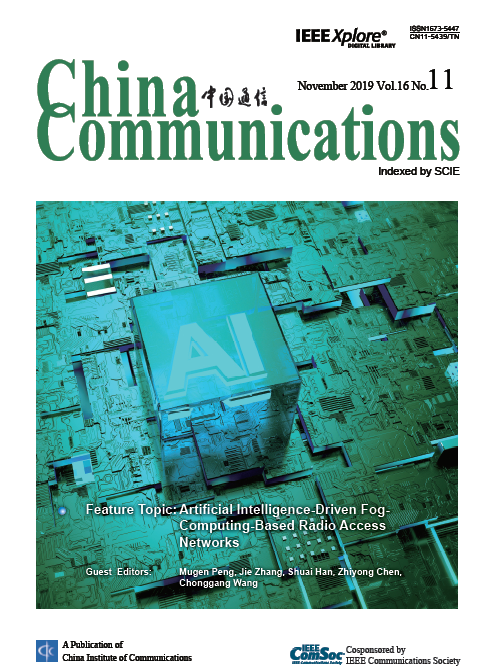COMMUNICATIONS THEORIES & SYSTEMS
Luyong Zhang, Yijie Yang, Xuan Li, Jinhua Chen, Yunbing Chi
2019, 16(11): 130-145.
In this paper, the transmission performances are studied in cognitive radio networks with primary user emulator and relay existence. In the proposed network, the users include primary users, secondary users and primary user emulators. The decreasing access priority of the users are primary users, primary user emulators and secondary users. Different user access to the network results in different transmission effects. We impose interference power constraints on the secondary users to protect the primary users from being interfered. We also adopt the transmission mechanism that transits among more than one secondary transmitters, secondary receivers and relays. The transition models of the transmission states are proposed to describe the transmission mechanism. To investigate the transmission performances, the theory of effective capacity is adopted. The transmission performances in terms of effective capacity are expressed and demonstrated under different transmission policies. The overall effective capacity, as the overall data traffic in the cognitive radio network, is calculated. Besides, the overall effective capacity is demonstrated under different transmission strategies. The results show the greedy transmission strategy outperforms the rest of the transmission policies in the overall effective capacity. For a larger number of the users, the effective capacity converges to a certain value.
